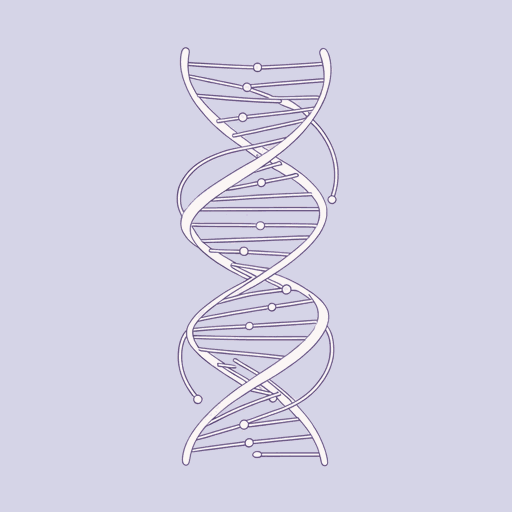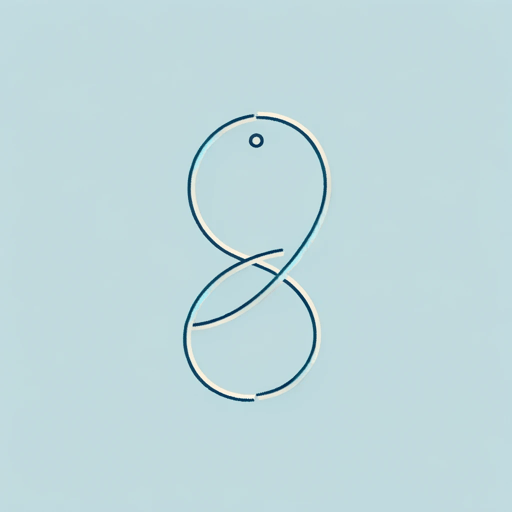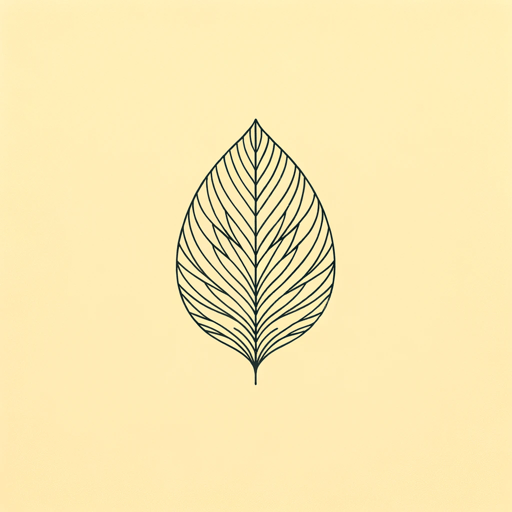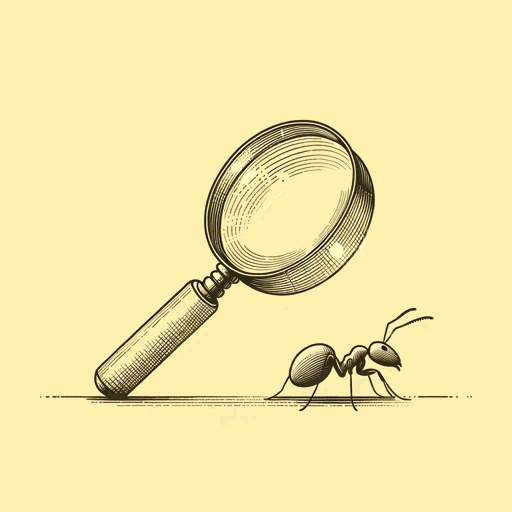48 pages • 1 hour read
Edward O. WilsonLetters to a Young Scientist
Nonfiction | Autobiography / Memoir | Adult | Published in 2013A modern alternative to SparkNotes and CliffsNotes, SuperSummary offers high-quality Study Guides with detailed chapter summaries and analysis of major themes, characters, and more.
Part 2Chapter Summaries & Analyses
Part 2: “The Creative Process”
Part 2, Chapter 4 Summary: “What Is Science?”
Chapter 4 begins with a painting of Charles Darwin.
Wilson examines what exactly science is and why it is so significant. In his view, it is “the most effective way ever conceived of acquiring factual knowledge” (60). To illustrate the scientific process of making and then testing a hypothesis, Wilson describes one of his own famous experiments. When an ant dies, its nestmates carry its body to a designated waste storage area. Wilson hypothesized that ants determine that another ant has died by smelling the compounds released as the body decomposes. He tested this hypothesis by making a small artificial ant out of paper and treating it with the decomposition chemical. As he expected, the other ants assumed the paper doll was a dead ant and brought it outside. Wilson went one step further, mostly because he thought the result would be funny: He put the compound on a living ant, and sure enough, the other ants picked it up and carried it away. It was able to return only after it had cleaned itself, eliminating the smell of decomposition.
The scientific method starts with the scientist asking a question about the world. They then come up with a potential answer, which is their hypothesis.
Related Titles
By Edward O. Wilson

Consilience
Edward O. Wilson

Half-Earth: Our Planet’s Fight for Life
Edward O. Wilson

On Human Nature
Edward O. Wilson

The Diversity of Life
Edward O. Wilson

The Future of Life
Edward O. Wilson

The Meaning of Human Existence
Edward O. Wilson

The Social Conquest of Earth
Edward O. Wilson

